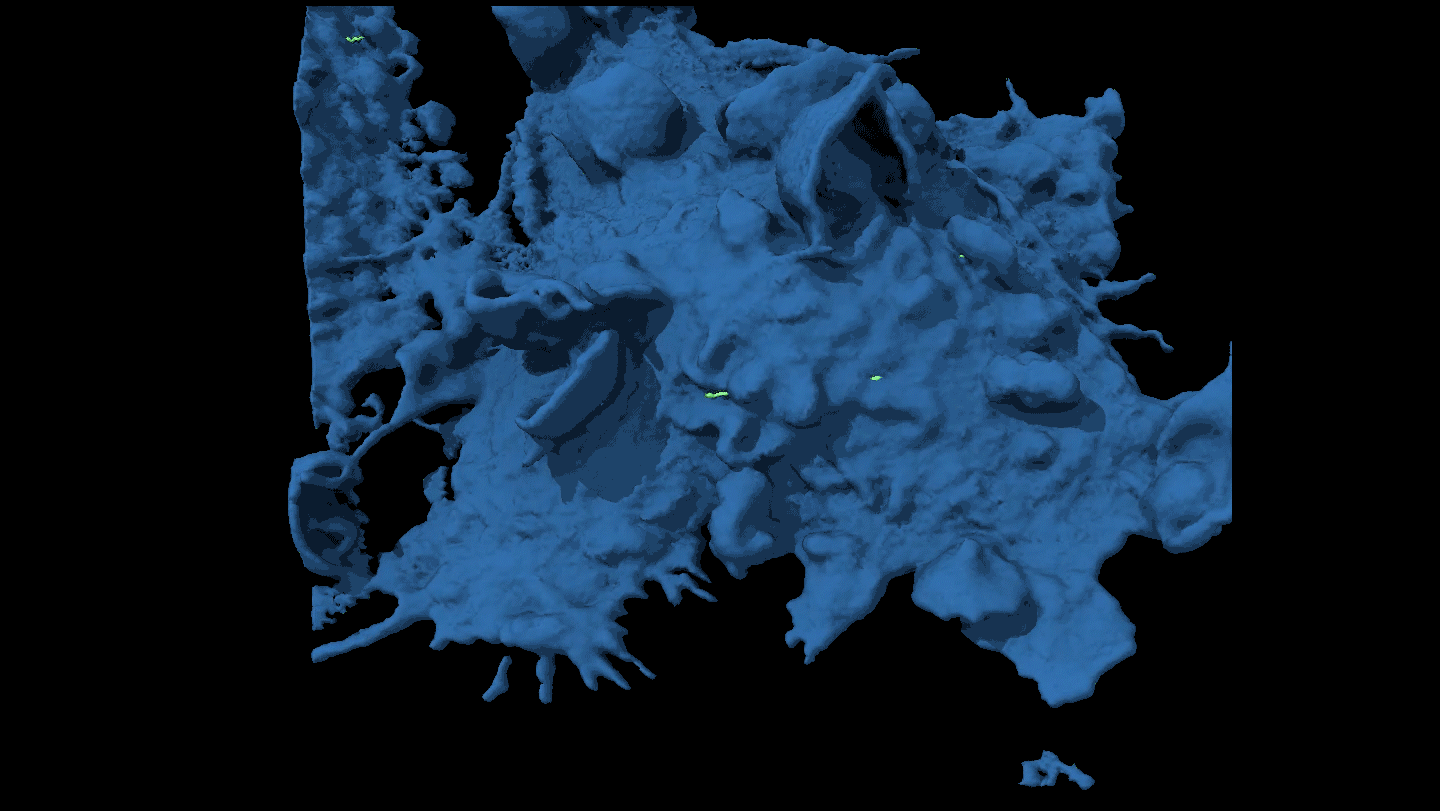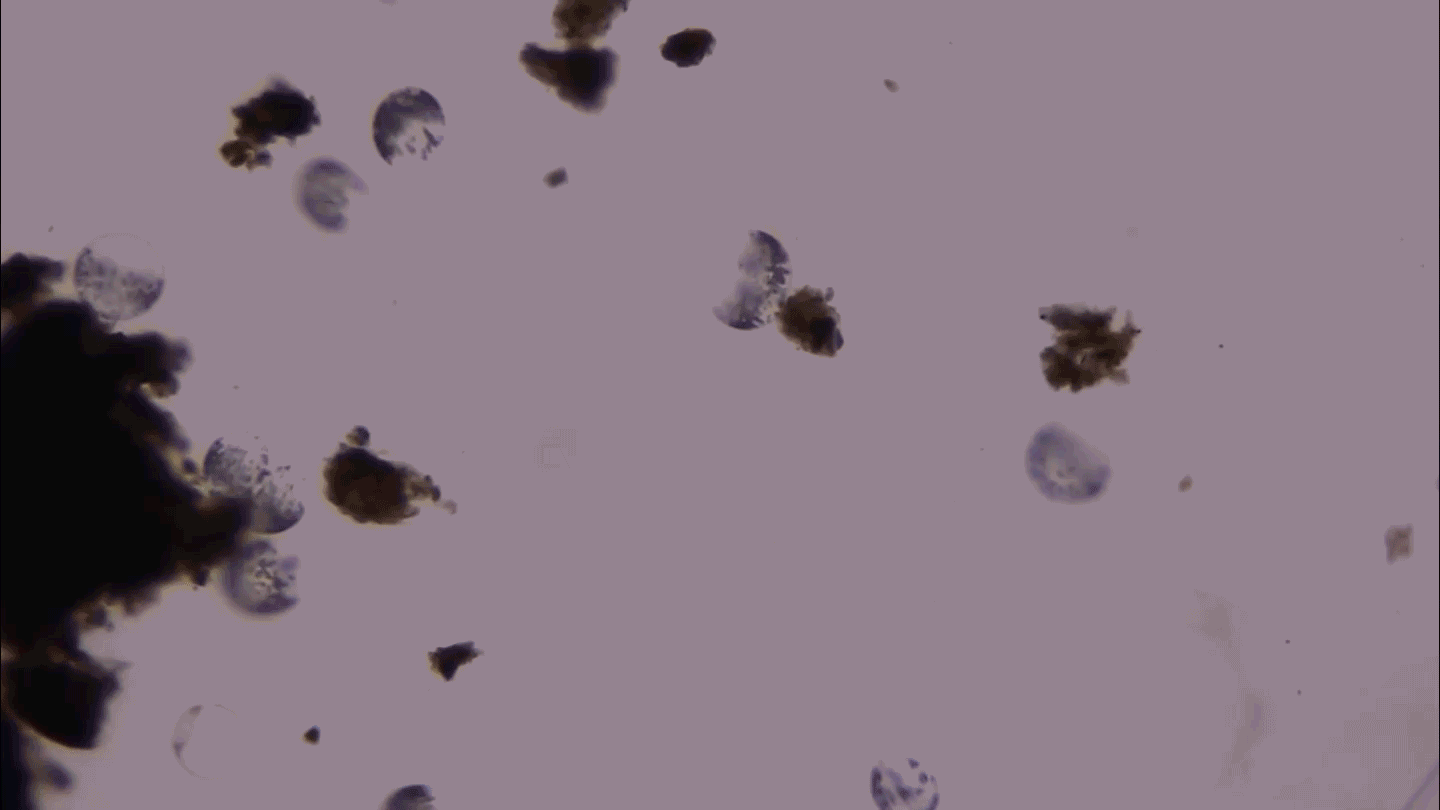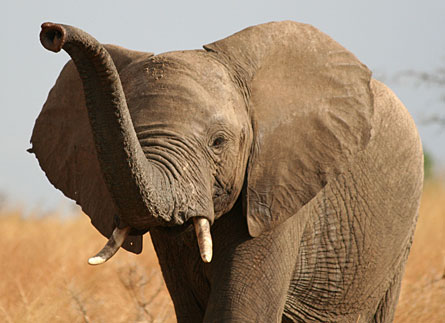
Species in trouble
Many mammals, corals face extinction
Between a fifth and a third of the world’s mammal species are now dwindling toward extinction, says the international conservation organization IUCN in the first comprehensive review since 1996 (SN: 11/8/08, p. 15). That’s at least 1,139 species in trouble. The extensive review of the 5,487 known mammal species took five years, yet 836 mammal species still remain so poorly studied that their status couldn’t be evaluated.
“I feel both surprise and a rather foreboding sense of ‘Oh dear, it’s worse than I imagined,’” comments Don Wilson, a mammal curator at the Smithsonian Institution in Washington, D.C. Habitat loss or degradation ranks as the most widespread threat. In July another IUCN project concluded that a third of reef-building coral species face extinction (SN Online: 7/10/08).
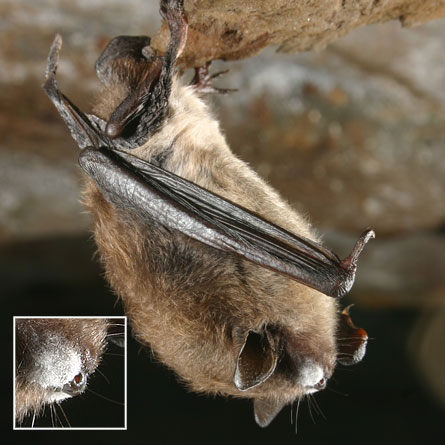
Bat noses Researchers identify and culture a fungus that has been whitening the noses of bats dying during hibernation in the Northeast. The fungus is now a suspect in bat declines (SN Online: 10/30/08).
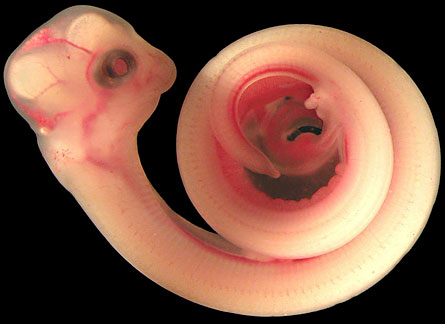
The big fang All fangs — no matter their size, shape or position — descend from a single evolutionary event, new evidence from snake embryos suggests (SN: 8/16/08, p. 11).
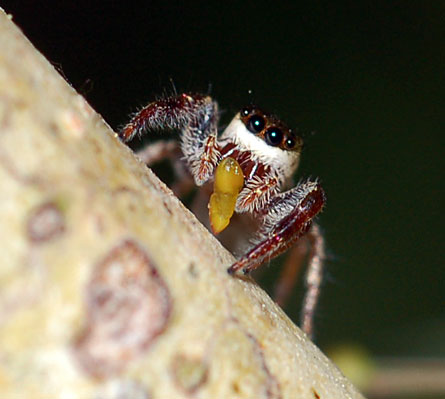
Vegetarian spider Bagheera kiplingi (shown) could be the first spider discovered to specialize in eating plants. It can exploit a mutualism between acacia trees and their bodyguard ants by stealing the ants’ lunch (SN: 8/30/08, p. 13).
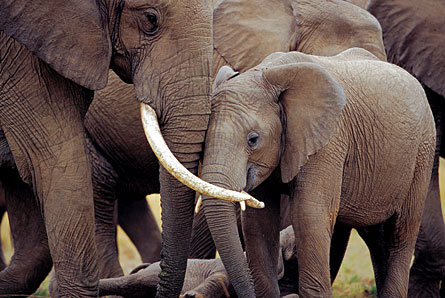
Poaching threat lingers Female adult elephants that lost older female relatives to poaching years ago have elevated stress hormones today and fewer babies. Also, poaching is happening at a greater rate today than before the 1989 ivory ban (SN: 11/8/08, p. 5).
Avian airlines A female bar-tailed godwit flew nonstop from Alaska to New Zealand, the longest documented direct bird flight (SN: 11/22/08, p. 14).
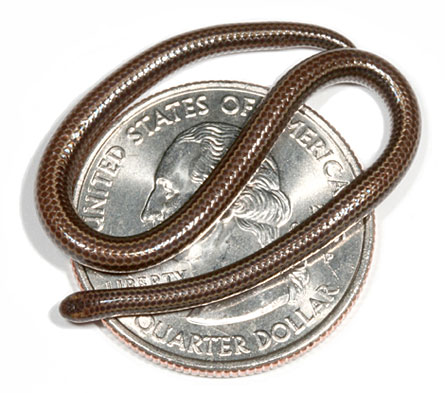
Bicoastal Substantial numbers of young Atlantic bluefin tuna from the Mediterranean-based population spend time in waters off the U.S. eastern coast, suggesting that management strategies need to be revisited (SN: 10/25/08, p. 15).
Female frogs play the field Mating with up to eight different males in eight different nests reduces the risk of offspring death for an Australian frog, challenging the notion that only males are promiscuous (SN: 10/11/08, p. 10).
Mammoth migrations Studies of ancient DNA show that two distinct clans of woolly mammoths once roamed Siberia (SN: 7/5/08, p. 12) and that mammoths from North America migrated back to Asia and began displacing their Siberian kin about 400,000 years ago (SN Online: 9/4/08).
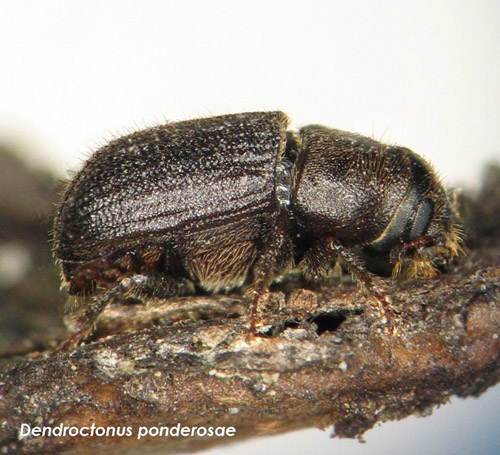
Forest flips An attack of mountain pine beetles has turned the forests of south-central British Columbia from a helpful carbon sink into a worrisome net source of carbon (SN: 5/10/08, p. 9).
Floral shocker The timing and development of starchy seed reserves in the tiny aquatic plant Hydatella inconspicua prompts new questions about the evolutionary path of the earliest flowering plants (SN: 3/22/08, p. 182).
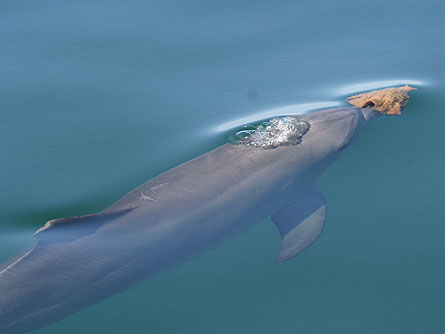
Dolphin tools Researchers report that some dolphins living off the Australian coast frequently use sea sponges to search for and ferret out small fish from the sandy ocean floor, providing evidence of the most time-consuming tool use by nonhuman animals yet observed (SN: 1/3/09, p. 13).
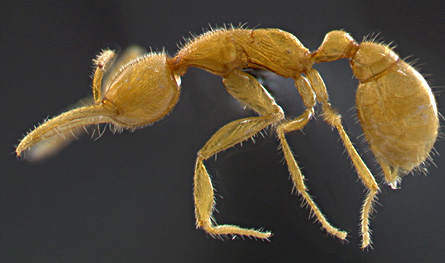
Bizarre ant A newly discovered ant species, Martialis heureka, has mouthparts like forceps and lacks eyes. It may represent a living ant lineage more ancient than any previously known (SN: 10/11/08, p. 11).


